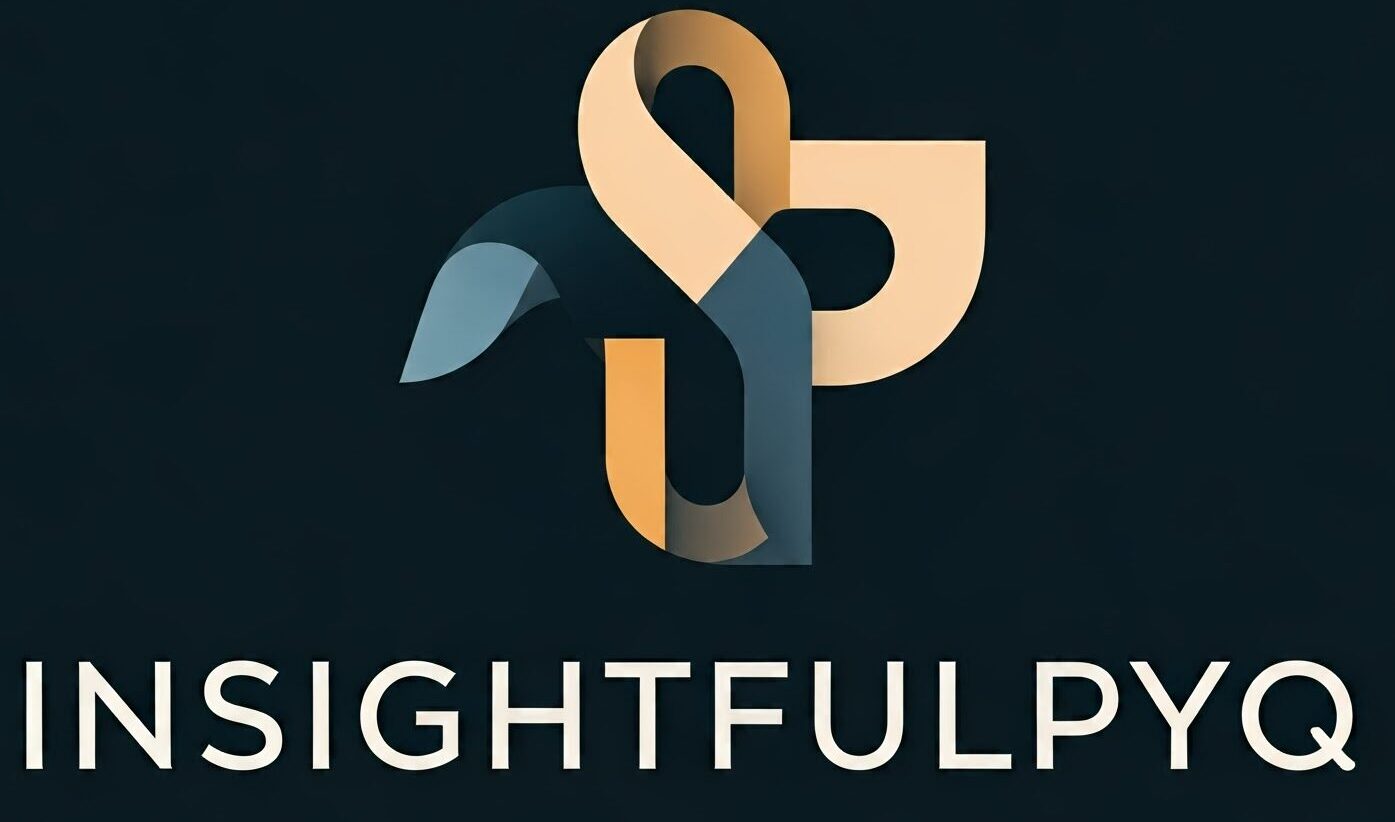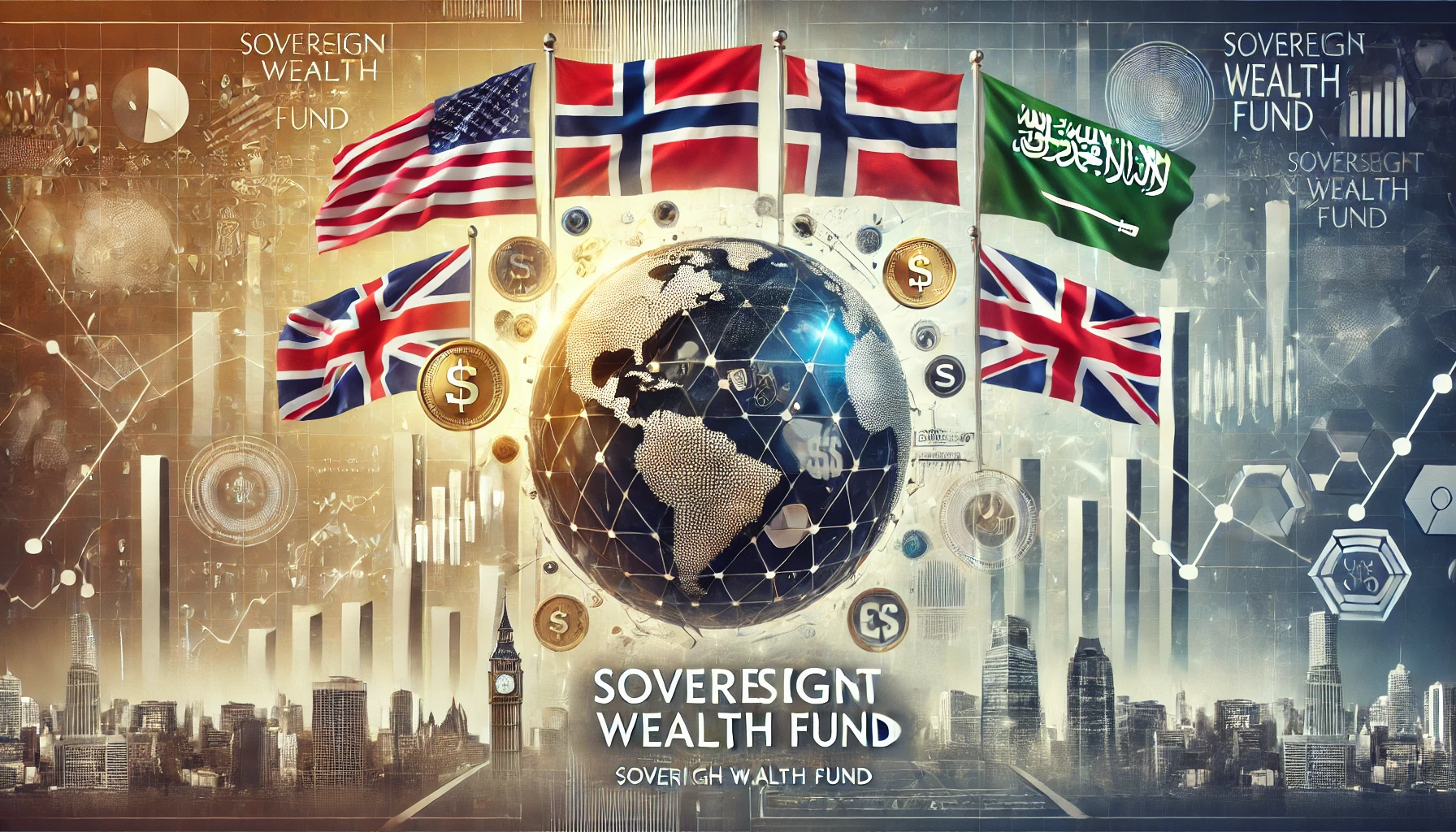Why in the News?
The President has signed an Executive Order initiating the process to establish a United States Sovereign Wealth Fund. This order directs the Treasury and Commerce Secretaries to develop a plan within 90 days, outlining funding, investment strategies, structure, and governance.
In an era of economic volatility and geopolitical uncertainty, sovereign wealth funds (SWFs) have emerged as titans of global finance. These state-owned investment vehicles, often fueled by vast reserves of national wealth, wield unparalleled influence over markets, industries, and even geopolitics. From Norway’s $1.8 trillion pension fund to Saudi Arabia’s Vision 2030 ambitions, SWFs are reshaping how nations manage wealth, mitigate risk, and secure their futures. But what exactly are these funds, how do they operate, and why do they matter? Let’s dive in.
What Is a Sovereign Wealth Fund?
A sovereign wealth fund is a state-owned investment pool funded by a country’s surplus reserves. These reserves typically come from:
- Commodity Exports (e.g., oil, gas, minerals): Think Norway’s oil riches or Saudi Arabia’s hydrocarbon wealth.
- Foreign Exchange Reserves: Excess currency reserves, often from trade surpluses (e.g., Singapore’s Temasek).
- Privatization Proceeds: Revenue from selling state assets.
- Budget Surpluses: Savings from fiscal discipline (e.g., China’s CIC).
Unlike central banks, which focus on currency stability, SWFs prioritize long-term wealth generation through diversified global investments.
Global Examples of Sovereign Wealth Funds
2023: SWFs collectively manage ~$11 trillion in assets, rivaling private equity and hedge funds.
Several SWFs have become household names in global finance:
- Norway’s Government Pension Fund Global: With assets exceeding US$1.8 trillion, it is one of the world’s largest and is known for its diversified global investments and strong ethical standards.
- Saudi Arabia’s Public Investment Fund (PIF): Central to Saudi Arabia’s Vision 2030, the PIF is actively used to diversify the economy beyond oil through high-profile international investments.
- Kuwait Investment Authority (KIA): Founded in 1953, KIA is the world’s oldest SWF and manages both the current reserves and the future generations’ fund of Kuwait.
- China Investment Corporation (CIC): As China’s primary SWF, CIC leverages the country’s massive foreign exchange reserves to invest in global markets, though its funding model is distinct from commodity-based funds.
Types of Sovereign Wealth Funds
SWFs vary in purpose and strategy:
- Stabilization Funds: Buffer against economic shocks (e.g., Russia’s National Wealth Fund).
- Savings Funds: Preserve wealth for future generations (e.g., Norway, UAE).
- Development Funds: Finance domestic infrastructure and diversification (e.g., Saudi PIF, Qatar Investment Authority).
- Reserve Investment Funds: Optimize returns on foreign reserves (e.g., Singapore’s GIC).
Why Do Countries Create SWFs?
- Resource Dependency Mitigation: Reduce reliance on finite resources (e.g., oil).
- Intergenerational Equity: Share wealth with future citizens.
- Economic Diversification: Fund innovation and new industries (e.g., NEOM in Saudi Arabia).
- Geopolitical Leverage: Gain influence through strategic stakes in global companies, ports, or tech.
How Do SWFs Invest?
SWFs deploy capital across asset classes:
- Public Equities: Shares in blue-chip firms (Apple, Tesla).
- Real Estate: Iconic properties (London’s Canary Wharf, NYC skyscrapers).
- Private Equity: Startups, venture capital, and buyouts.
- Infrastructure: Airports, highways, renewable energy projects.
- Alternative Assets: Art, cryptocurrencies, and sports teams (e.g., Qatar’s PSG ownership).
Example: Norway’s fund owns ~1.5% of all global listed stocks.
The Pros and Cons
Pros:
- Stabilize economies during crises (e.g., COVID-19 bailouts).
- Generate returns to fund public services.
- Drive global innovation (e.g., PIF’s $45B investment in SoftBank’s Vision Fund).
Cons:
- Lack of Transparency: Many SWFs operate opaquely, raising corruption concerns.
- Political Influence: Investments may align with state agendas (e.g., China’s Belt and Road projects).
- Market Distortion: Massive capital injections can inflate asset bubbles.
Controversies and Challenges
- Ethical Investing: Should SWFs prioritize ESG (environmental, social, governance) principles? Norway’s fund excludes tobacco and weapons firms.
- National Security Fears: Western nations often scrutinize SWF investments in critical sectors (e.g., semiconductors, defense).
- Performance Pressures: Balancing risk and returns in a low-yield world.
The Future of SWFs
- Sustainability Focus: More SWFs are mandating ESG-aligned portfolios.
- Tech Dominance: Bets on AI, biotech, and green energy.
- Geopolitical Tools: SWFs as instruments of “soft power” (e.g., UAE’s Mubadala in Silicon Valley).
- Digital Assets: Crypto and blockchain investments gain traction(e.g Strategic Bitcoin reserve).
Sovereign wealth funds are more than financial instruments—they are extensions of national strategy. As climate change, tech disruption, and shifting alliances redefine the global order, SWFs will play a pivotal role in determining which nations thrive and which falter. For policymakers, the challenge lies in balancing profit with purpose; for the world, the question is whether these funds will become forces for collective good or tools of unchecked power. One thing is certain: in the 21st century, SWFs are here to rule.

